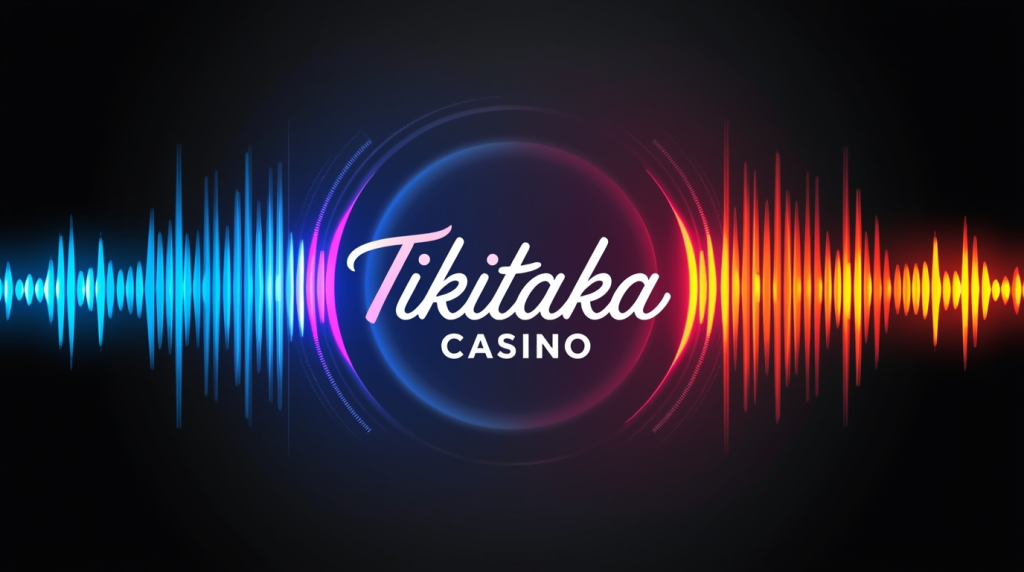
While visuals often dominate conversations about gaming innovation, it is sound that truly defines how players feel about what they see. The tone of a chime, the tension of silence, the rhythm of a soundtrack — all of these influence emotion in ways that visuals alone cannot achieve.
In the evolving landscape of interactive entertainment, developers now treat sound design as a strategic component, not a finishing touch. Every note, echo, and fade-out is meticulously engineered to shape perception and sustain engagement. Leading platforms such as Tikitaka Casino have mastered this craft, turning audio into a storytelling instrument that guides users through suspense, triumph, and anticipation.
Sound as an Emotional Compass
From the moment a player enters a digital environment, sound begins shaping emotion. Even before gameplay starts, subtle background tones can suggest excitement or calm. This is no accident — sound operates as an emotional compass, setting expectations and directing focus.
Psychologically, humans react to sound faster than to visuals. A rising tempo triggers anticipation; a soft chord signals resolution. This rapid emotional feedback keeps players alert, responsive, and invested in the experience.
At Tikitaka Casino, designers use this principle to ensure every action — from pressing a button to unlocking a bonus — feels significant. Audio cues reinforce meaning, transforming mechanical interactions into emotional events.
Building Anticipation Through Rhythm and Silence
The art of sound design is as much about silence as it is about sound. In gaming, pacing determines immersion. Well-timed pauses create tension, while rhythmic cues sustain flow. The combination of both keeps players mentally engaged, anticipating the next moment.
Consider a slot’s spinning reels. As the tempo of the soundtrack builds, anticipation heightens. Then, just before the reels stop, the music might fall silent for a fraction of a second — creating an auditory vacuum that amplifies the impact of the final result.
Platforms like https://tikitaka-casino-gr.com/ use this balance masterfully. Their audio design orchestrates suspense and release like a film score, ensuring that each spin or round unfolds with cinematic precision.
The Psychology of Reward Sounds
Every successful sound designer understands one fundamental truth: people don’t remember numbers; they remember feelings. Winning feels good not just because of the outcome, but because of how it sounds.
Research in neuropsychology shows that reward sounds trigger dopamine release — the same “pleasure chemical” associated with satisfaction and achievement. Bright, harmonious tones amplify positive emotion, while darker or dissonant notes convey risk or loss.
Developers at Tikitaka Casino integrate this science into every layer of gameplay. When players win, uplifting fanfares emphasize celebration. During near-misses, restrained tones create curiosity rather than disappointment. It’s an intricate form of emotional choreography — one that keeps players engaged through contrast and progression.
Crafting an Audio Identity
In an industry filled with visual repetition, sound can define a brand’s identity. Just as a logo or color palette creates recognition, signature sound motifs can make a platform instantly recognizable.
Distinctive jingles, interface tones, or musical phrases serve as auditory branding. Over time, players begin to associate specific sounds with reliability and excitement. This fosters loyalty and trust — an invisible bond between platform and user.
Tikitaka Casino demonstrates this concept through a carefully crafted sound environment that evolves with play. The tones change subtly during different stages of a session, ensuring freshness while maintaining a consistent brand voice.
Adaptive Sound: When Games Listen Back
Recent advancements in AI and audio engineering have allowed soundscapes to become reactive. Adaptive sound design enables games to respond to player behavior in real time — increasing tempo during streaks, softening during pauses, or adjusting dynamics based on performance.
This real-time adaptability blurs the line between game and player. The system listens as much as it speaks, mirroring emotional intensity with perfect timing. It’s not just background music anymore — it’s a living soundtrack that follows the user’s rhythm.
At Tikitaka Casino, this adaptive technology helps sustain immersion. Each spin, win, or near-miss triggers subtle changes in sound, ensuring that every session feels distinct and responsive.
Balancing Stimulation and Rest
Great sound design knows its limits. Overuse of music and effects can fatigue players, leading to overstimulation. That’s why restraint is as valuable as creativity.
Short breaks in sound — a moment of quiet after a loud win, or the brief calm between spins — allow players to reset emotionally. This ebb and flow mirrors natural breathing patterns, maintaining engagement while preventing sensory overload.
The sound teams behind platforms like Tikitaka Casino understand that silence has weight. It gives the player time to reflect, to process the win or loss, and to prepare for what comes next.
The Role of Sound in Accessibility
Beyond aesthetics, sound plays a vital role in inclusivity. For players with visual impairments or attention challenges, clear and responsive audio feedback provides essential cues.
Consistent tones indicate progress, success, or navigation points. Spatial sound and directional effects can even simulate a sense of depth and environment, allowing players to orient themselves intuitively.
By refining its soundscapes for accessibility, Tikitaka Casino ensures that entertainment remains open to everyone — an approach that proves ethical design and commercial success can go hand in hand.
Technology and the Future of Audio Immersion
The next stage of sound innovation lies in spatial audio and haptic integration. Surround sound systems already allow developers to position effects around the listener, but the future promises even more — realistic reverberation, head tracking, and multi-layered sound environments that simulate physical space.
Imagine hearing a jackpot echo across the virtual room or a spinning reel’s hum move from left to right as you play. These sensory effects make digital play feel tactile and alive.
Artificial intelligence will soon refine this experience further by customizing soundtracks based on player profiles — adapting not only to actions but also to emotional states and preferences.
Sound as the Soul of Engagement
At its core, sound is the emotional foundation of digital interaction. It transforms data into drama, mechanics into moments, and simple actions into memories.
Through thoughtful composition, dynamic feedback, and technological precision, modern entertainment platforms turn audio into an experience of its own.
Tikitaka Casino exemplifies this evolution — proving that sound is not just an accessory to visuals but a storytelling tool that captures attention and builds loyalty.
In the world of digital play, visuals may attract first, but it’s sound that makes people stay.
